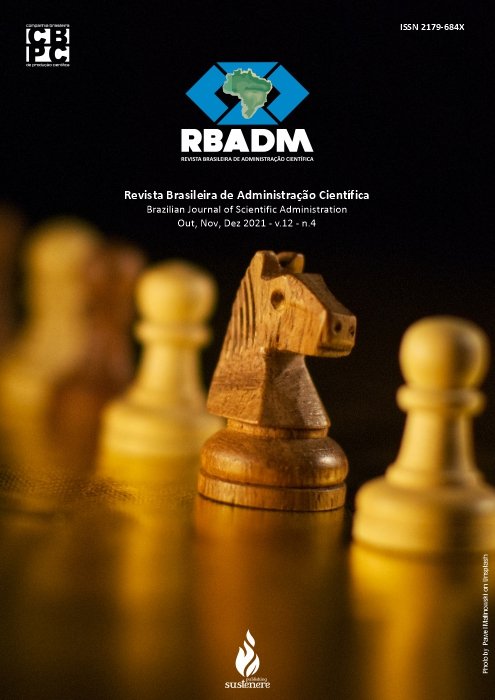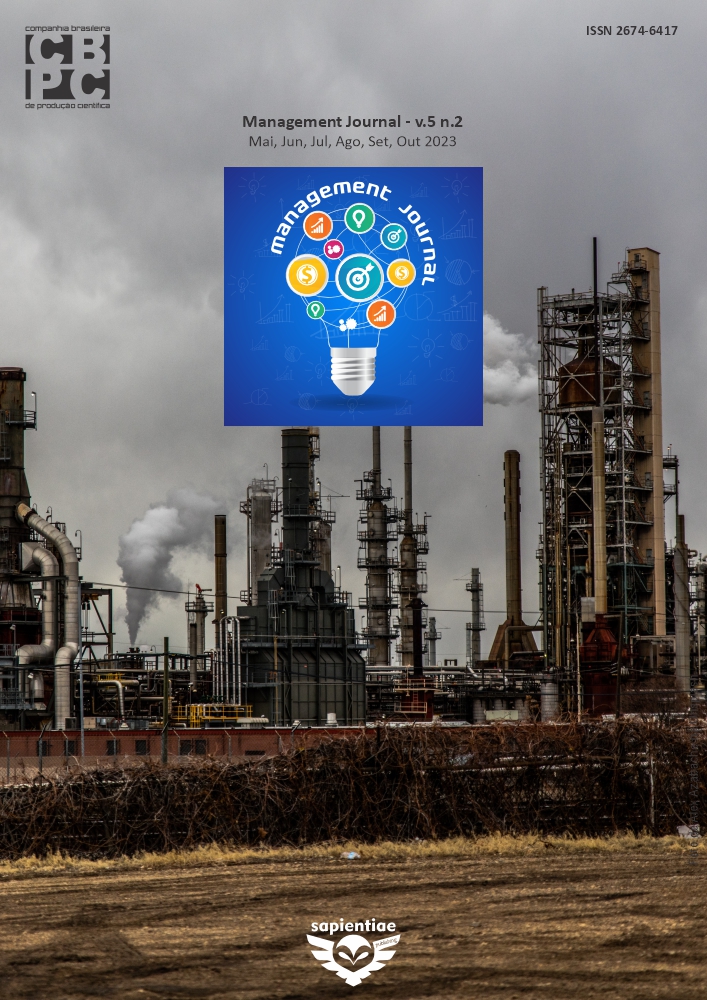Financial performance evaluation in traditional and digital banks: a multi-case study
DOI:
https://doi.org/10.6008/CBPC2179-684X.2021.004.0029Keywords:
Digital banks, Performance, DEAAbstract
As of 2015, there was a growth in so-called fintechs, financial services companies that are based on the digital business model and today they can be classified into several groups, including digital banks. Aiming to identify the impact that digital banks are causing in the financial market, a comparative analysis of the performance of traditional banks and digital banks was carried out, with the application of solvency, liquidity, capital, risk, profitability, profitability and operational efficiency indicators to the data of the statements accounts of the banks analyzed. To rank and classify these institutions as efficient and inefficient, Data Envelopment Analysis - DEA was used. As a result, it was identified that, in relation to the solvency and liquidity ratios, the digital bank Agibank operates with higher ratios, when compared to all banks, expressing that the bank operates with a level of solvency and liquidity much lower than the too much. On the other hand, Inter and Original banks prefer to operate with a slightly higher level of liquidity and solvency. The profitability indices showed that it is not the banks with the highest values ​​in assets or equity that obtained the best profitability, but the banks that had higher indices in the solvency and liquidity indicators.
Downloads
Downloads
Published
Issue
Section
License
Copyright (c) 2021 Brazilian Journal of Scientific Administration

This work is licensed under a Creative Commons Attribution-NonCommercial-NoDerivatives 4.0 International License.
The CBPC - Companhia Brasileira de Produção Científica (Brazil CNPJ: 11.221.422/0001-03) the material rights of the published works. The rights relate to the publication of the work anywhere in the world, including rights to renewals, expansions and dissemination of the contribution, as well as other subsidiary rights. All electronically published works may subsequently be published in printed collections under the coordination of this company and / or its partners. The authors preserve the copyright, but are not allowed to publish the contribution in another medium, printed or digital, in Portuguese or in translation.









